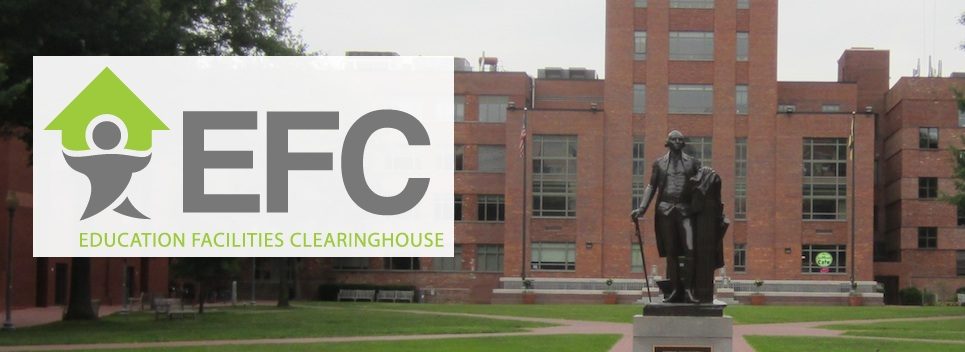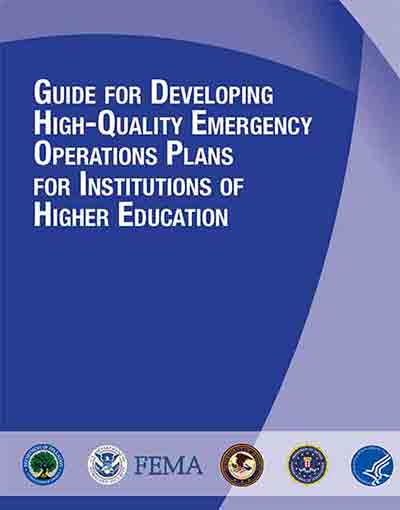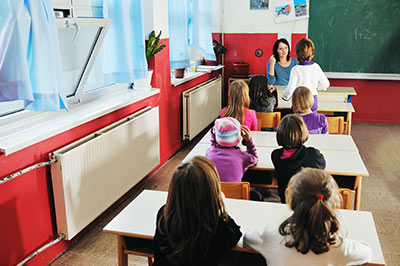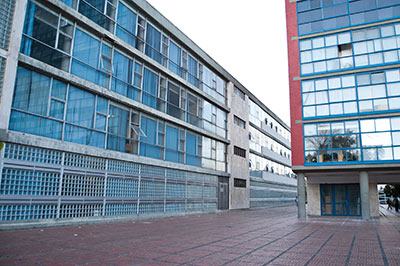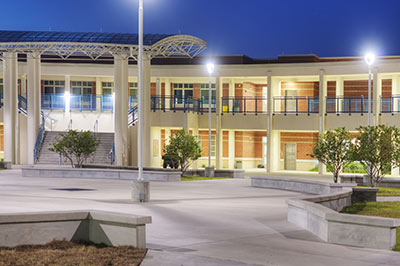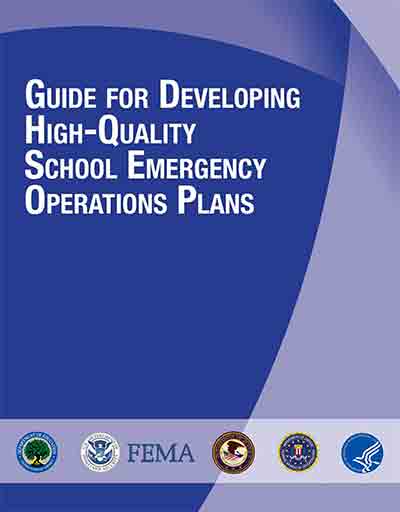More and more students are going to college now than ever before, so educational institutions are busy accommodating this growth with new academic buildings and dorms while ensuring that existing facilities are running efficiently. The U.S. Green Building Council's (USGBC) LEED® green building program) helps provide a layer of accountability for college campuses seeking ways to make their green building projects, both old and new, as environmentally responsible as possible. LEED, or Leadership in Energy and Environmental Design, is a globally accepted benchmark for the design, construction, and operation of green buildings. Many of the schools profiled in these pages have LEED-certified buildings on campus or a commitment to future LEED projects, but that was not a criterion for inclusion in the book.
All of the schools in this guide, whether or not they are profiled in our annual Best Colleges book, are exemplary institutions that address the balance of people, planet, and prosperity in fascinating ways. Our hope, in coordinat- ing with the USGBC and its Center for Green Schools, is to break down what green looks like across different campuses in a way that will help you to choose the right school to live sustainably.
